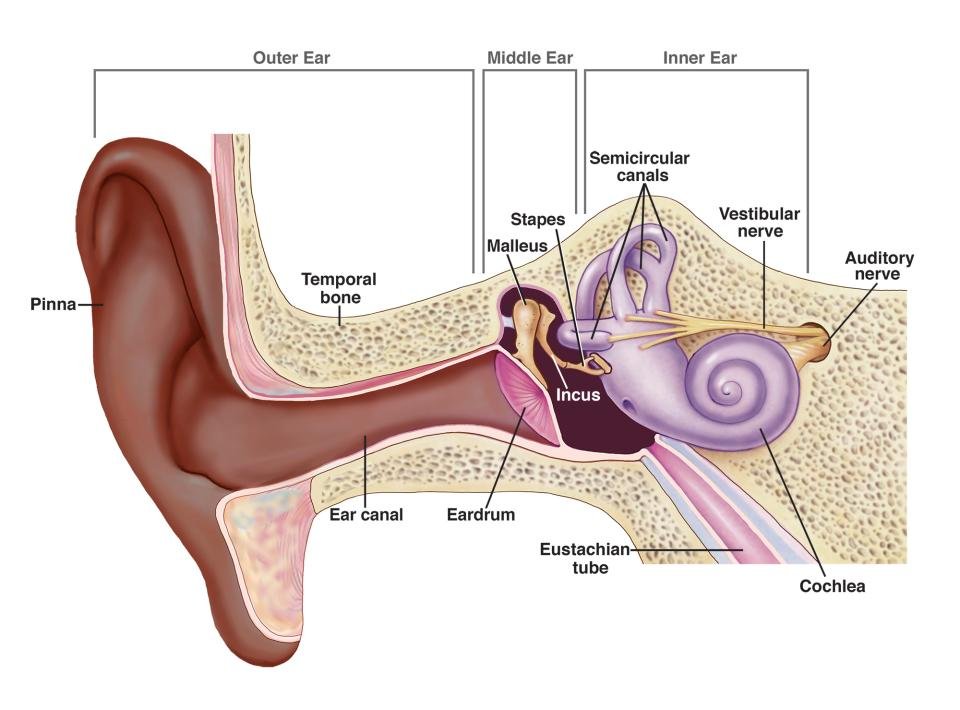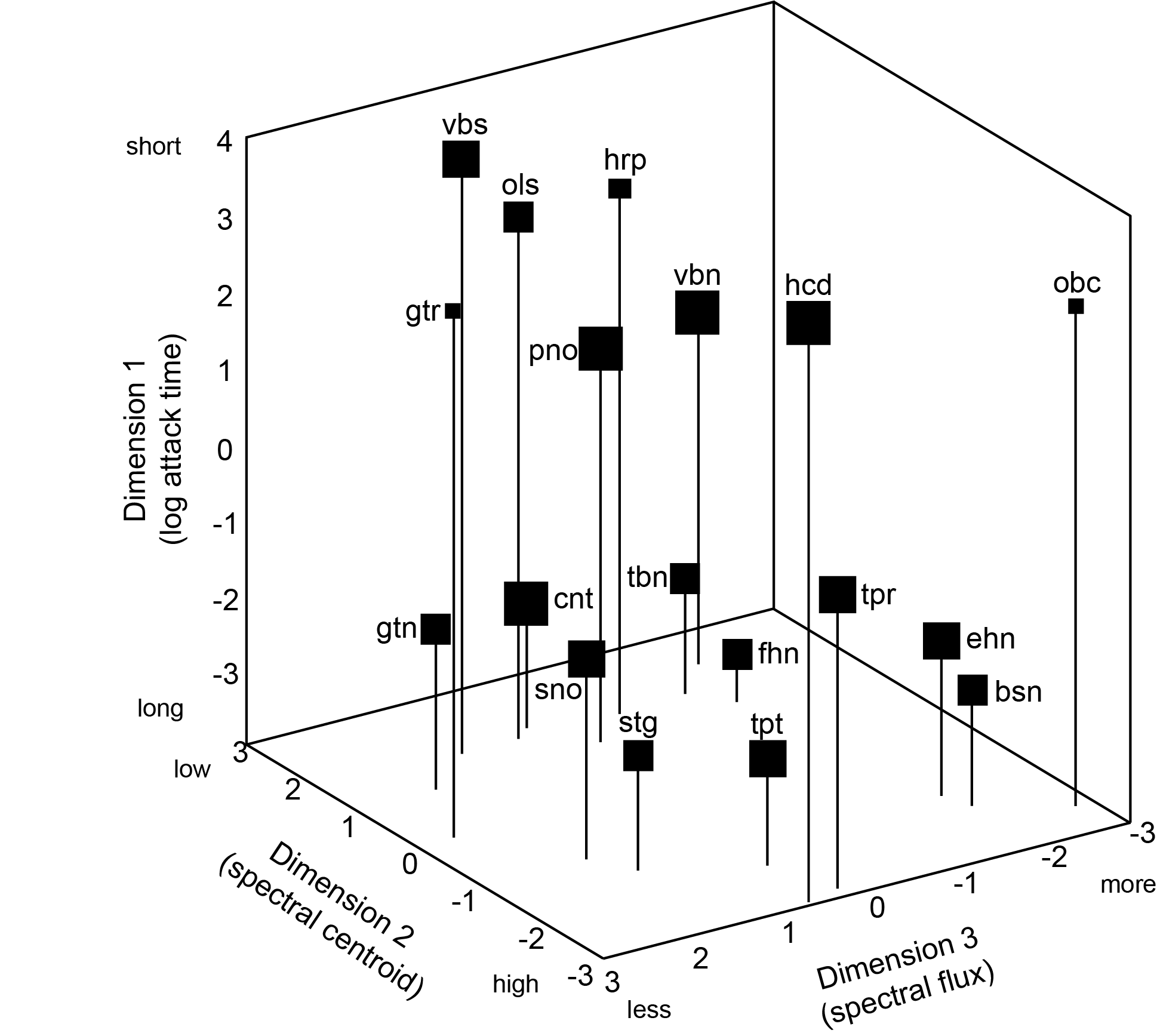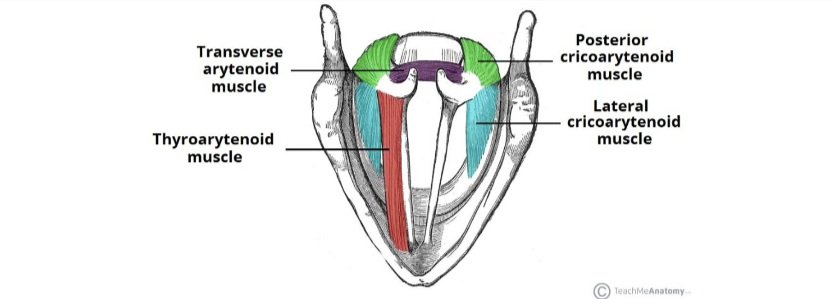Vibrato
EN | FR
Vibrato defines cyclic variations of pitch (frequency) over the duration of a sustained tone, which are closely correlated to oscillations in intensity (amplitude) and timbre (spectral envelope). It can be visualized through parallel oscillations of the partials or harmonics on a spectrogram. Vibrato is described in terms of period (duration of a complete oscillation cycle - in seconds), rate (number of cycles per second - in Hertz), extent (how far above and below the mid-frequency each cycle fluctuates - in percentage or cents), vibrato jitter (random frequency perturbations), vibrato shimmer (random amplitude perturbations) and modulation onset/offset (quality of the first and last vibrato cycles). Research suggests that changes in vibrato extent and rate have an effect on a listener’s perception of a sound, impacting pitch perception and performance intonation ratings. It also highlights the relevance of time-varying parameters in vibrato for the study of diverse musical genres.
Sound is vibration! Repeated, continuous vibration of the air creates sustained sounds. Within sustained sounds, vibration modulations are a natural component of both vocal and instrumental music. Patterns of vibration modulations are perceived by the human ear, and we call them vibrato.
Musicians and non-musicians alike are able to identify when a tone has vibrato and when it does not. What’s more, studies have shown that the addition or subtraction of vibrato changes people’s perception of the timbre of the sound.[1], [2]
Though people are able to perceive vibrato, many — even music experts — still struggle to define it. What precisely constitutes vibrato? How do we know what kind it is when we hear it? Vibrato has historically been a complicated, highly debated topic, and there is much still to be studied.
However, it is commonly accepted that vibrato functions as a distinctive feature of musical sound, inextricably tied to expression and timbre.[3] Vibrato has been used to describe many kinds of fluctuations over the duration of a sustained tone, contributing to the perception of pitch, intensity, and timbre.[4] This means that vibrato includes variations of pitch (measured as frequency), intensity (measured as amplitude), and timbre (most relevant to this topic, measured as spectral envelope). These aspects of vibrato often co-exist when produced by most instruments; there is a correlation between amplitude modulation and frequency modulation.[5] It is believed that this frequency-amplitude connection in vibrato contributes to vibrato’s influence in timbre perception.[6] While vibrato is usually understood in terms of oscillations in pitch, these pitch fluctuations are dependent on spectral fluctuations and changes in intensity (or loudness/volume) because these variations are strongly correlated with variations of the fundamental frequency (or perceived pitch).[7] To play with these concurrent changes in action in the voice, visit the Pink Trombone by Neil Thapen, a digital model human vocal tract synthesizer, controllable with your fingers.[8] To understand this pitch-intensity-timbre coherence further, we can look to modern sound analysis technologies and tools that allow us to evaluate vibrato.
Just as we use a spectrum to visualize and analyze sounds, so can a real-time spectrogram help us to visualize and analyze vibrato. When vibrato is present in sustained sounds, we see parallel oscillation of all of the partials/harmonics/overtones simultaneously. In figure 1 below, the vibrato undulations appear greater for the higher harmonics. This occurs because the partials must stay in the same proportion relation no matter what the instantaneous value of the fundamental frequency (fo) is. For instance, a component of an average frequency value four times greater than that of fo would have a vibrato extent of four times that of fo. The fundamental frequency, fo, is the lowest harmonic, H1, the one that gives us a perception of the pitch. In the case of a harmonic spectrum (see inharmonicity), each overtone above it is a positive integer multiple of the fundamental, and there is technically a harmonic at each interval of the fundamental frequency/first harmonic up to infinity!
Figure 1: This spectrographic view serves as a visual representation of what we hear as vibrato (wavy portions) and non-vibrato (straight portions). Reprinted from Michel, C. R., & Ruiz, M. J. (2017). The Physics of Singing Vibrato. Physics Education, 52(4), 045010. https://doi.org/10.1088/1361-6552/aa6d99
Since we can analyze vibrato, we can also measure it! As in figure 2 below, vibrato is generally sinusoidal and repeats (it is cyclical, or periodic). The period is the time measured from one peak of the vibrato fluctuation to the next. Vibrato rate (or frequency) refers to the number of oscillations per second and is calculated as 1/period (and expressed in hertz, Hz; for reference, 1 Hz = 1 cycle per second). Vibrato extent describes how far above and below the mid-frequency each cycle fluctuates. Extent is usually expressed as either full or half, the former a measure of peak-to-trough and the latter a measure of peak to a calculated mean frequency. Extent is reported as either a percentage of frequency or in cents, with 6% or 100 cents making one semitone (in equal temperament). Beyond rate and extent, other measurable acoustic characteristics of vibrato include vibrato jitter and vibrato shimmer, which respectively measures short-term random perturbations in the frequency and amplitude, and modulation onset/offset, describing the quality of the first and last several cycles of the vibrato. Typically, the properties of vibrato outlined above are assessed using averages over several cycles.
Figure 2: A custom-made graphic displaying the components of an ideal synthesized fundamental frequency (fo) over time. This sine wave is perceived as vibrato. Reprinted from Nestorova, T.I. (2021). Does Vibrato Define Genre or Vice Versa?: A Novel Parametric Approach to Complex Vibrato Patterns (thesis). New England Conservatory of Music, Boston, MA.
Regardless of whether a sound is perceived as having vibrato or not (oftentimes called “straight tone”), oscillation to some degree is always present! Previous research indicates that changes in the extent and rate of frequency modulation are two factors that can change a listener’s perception of the sound.[9] Studies involving vocal vibrato suggest different thresholds for perceiving changes in vibrato and pitch similarities according to rate, extent, and room acoustic environment.[10], [11], [12], [13] General conclusions were that rate and extent work in tandem to affect perceived presence of non-vibrato. It was discovered that the perception of a non-vibrato sung tone is more correlated to vibrato rate than extent, though both co-occur and influence the classification of non-vibrato vs. vibrato tones.[14] Further studies demonstrated that within certain extent boundaries, vibrato plays a significant role in assigning pitch to a tone. Specifically, the wider the vibrato extent is on a certain tone, the further is the deviation of the mean perceived pitch [15], [16] Conversely, other studies done on cello and violin vibrato have found that people rated performances with vibrato as being more “in tune”, so perceived vibrato might mask intonation inaccuracies![17]
The various aspects of vibrato are certainly complex, perhaps most of all because parsing them out is difficult— they co-occur! This co-occurrence of vibrato features influences the quality of the sound and its timbre. Some of the earliest scientific research conducted on vibrato mentioned its effect on timbre by raising ideas about a perceptual phenomenon called sonance.[18] [19] Modern research suggests that the time-varying features of vibrato, its frequency and amplitude modulations (measured with the parameters mentioned above) co-occur with the shape of the spectro-temporal envelope (a measurement for timbre).[20]
The element of time is crucial; it connects vibrato with timbre! This is yet another motivating factor in studying the time-varying characteristics of vibrato. Historically, normative vibrato metrics have been based on studies analyzing a Western Classical opera aesthetic, applicable only if vibrato is uniform, consistent, and persistent over time. [21] Re-examining these normative vibrato metrics supports the essential consideration of temporal vibrato variation for organic, non-uniform vibrato present in many subgenres and styles. Current research suggests that our existing system of calculating average vibrato rate and extent may not be sufficient or fully characteristic of naturally occurring, genre-specific vibrato as it develops over time. It has been proposed that analyzing the time-varying aspects of vibrato (including modeling its complex shapes) may more accurately accommodate and represent singing genres with stylistically distinct vibrato features. This is the author’s subject of current and future inquiry. [22], [23], [24]
Vibrato is a critical part of timbre, and timbre vibrato itself affects sound perception! Though artistic preferences surrounding vibrato are subjective, many believe it brings an expressive colour to music. There are an infinite number of colours in the world, and they are neither created nor perceived equally. Perhaps, vibrato, too, is neither created nor perceived equally.
REFERENCES
[1] Almeida, A., Schubert, E., & Wolfe, J. (2021). Timbre Vibrato Perception and Description. Music Perception, 38(3), 282–292. https://doi.org/10.1525/mp.2021.38.3.282
[2] Loni, D. Y., & Subbaraman, S. (2018). Timbre-Vibrato Model for Singer Identification. Information and Communication Technology for Intelligent Systems, 279–292. https://doi.org/10.1007/978-981-13-1747-7_27
[3] Sundberg, J. (1987). The Science of the Singing Voice. Northern Illinois University Press, Dekalb, IL, 170.
[4] Miller, R. (1986). The Structure of Singing. Schirmer Books.
[5] McAdams, S., & Rodet, X. (1988). The Role of FM-induced AM in Dynamic Spectral Profile Analysis. In H. Duifhuis, J. W. Horst, & H. Wit (Eds.), Basic Issues in Hearing (pp. 359–369). London: Academic Press.
[6] Henry, M. (2021). A Perceptual Study of Amplitude Modulation Vibrato (thesis). McGill University, Montréal, QC, Canada.
[7] Gough, C. E. (2005). Measurement, Modelling and Synthesis of Violin Vibrato Sounds. Acta Acustica United with Acustica, 91, 229–240.
[8] Thapen, N. (n.d.). Pink Trombone. Retrieved June 26, 2022, from https://dood.al/pinktrombone/.
[9] Howard, D. M., & Hunter, E. J. (2016). Perceptual Features in Singing. The Oxford Handbook of Singing, 224–240. https://doi.org/10.1093/oxfordhb/9780199660773.013.34
[10] Geringer, J. M., MacLeod, R. B., & Allen, M. L. (2009). Perceived Pitch of Violin and Cello Vibrato Tones Among Music Majors. Journal of Research in Music Education, 57(4), 351–363. https://doi.org/10.1177/0022429409350510
[11] Duvvuru, S. (2012). The Effect of Timbre and Vibrato on Vocal Pitch Matching Accuracy (dissertation). University of Tennessee Health Science Center, Knoxville, TN.
[12] Friberg, A., & Sundberg, J. (1994). Just Noticeable Difference in Duration, Pitch and Sound Level in a Musical Context. Proceedings of 3rd International Conference for Music Perception and Cognition, Liège 1994, 339–340. Retrieved from http://urn.kb.se/resolve?urn=urn:nbn:se:kth:diva-234432
[13] Bottalico, P., Łastowiecka, N., Glasner, J.D., & Redman, Y. (2022). Singing in Different Performance Spaces: The Effect of Room Acoustics on Vibrato and Pitch Inaccuracy. The Journal of the Acoustical Society of America, 151, 4131-4139. https://doi.org/10.1121/10.0011675
[14] Wooding, R., & Nix, J. (2016). Perception of Non-Vibrato Sung Tones: A Pilot Study. Journal of Voice, 30(6). https://doi.org/10.1016/j.jvoice.2015.10.005
[15] Daffern, H., Brereton, J. S., & Howard, D. M. (2012). The Impact of Vibrato Usage on the Perception of Pitch in Early Music Compared to Opera. 3949-3954. Paper presented at Proceedings of the Acoustics 2012, Nantes, France. https://hal.archives-ouvertes.fr/hal-00811314/document
[16] Reddy, A. A., & Subramanian, U. (2015). Singers' and Nonsingers' Perception of Vocal Vibrato. Journal of Voice, 29(5), 603–610. https://doi.org/10.1016/j.jvoice.2014.09.022
[17] Geringer, J. M., MacLeod, R. B., Madsen, C. K., & Napoles, J. (2014). Perception of Melodic Intonation in Performances with and without Vibrato. Psychology of Music, 43(5), 675–685. https://doi.org/10.1177/0305735614534004
[18] Seashore, C. E. (1936). VI. The Vibrato: (1) What is It? In The Psychology of Music (Vol. 23, pp. 20–22). essay, Music Educators Journal.
[19] Seashore, C. E. (1936). IV. The Quality of Tone: (2) Sonance. In The Psychology of Music (Vol. 23, pp. 20–22). essay, Music Educators Journal.
[20] Elliott, T.M., Hamilton, L.S., & Theunissen, F.E. (2013). Acoustic Structure of the Five Perceptual Dimensions of Timbre in Orchestral Instrument Tones. The Journal of the Acoustical Society of America, 133, 389-404. https://doi.org/10.1121/1.4770244
[21] Herbst, C.T., Hertegard, S., Zangger-Borch, D., & Lindestad, P. (2017). Freddie Mercury— acoustic analysis of speaking fundamental frequency, vibrato, and subharmonics.Logopedics Phoniatrics Vocology, 42(1). https://doi.org/10.3109/14015439.2016.1156737
[22] Nestorova, T.I. (2021). Does Vibrato Define Genre or Vice Versa?: A Novel Parametric Approach to Complex Vibrato Patterns (thesis). New England Conservatory of Music, Boston, MA.
[23] Nestorova, T.I., Howell, I., & Gilbert, J. (2021, June). Analysis and Interpretation of Complex Vibrato Patterns: Deriving Novel Parameters of Variable and Irregular Vocal Vibrato. Poster session presented at The Voice Foundation 50th Anniversary Symposium, Online.
[24] Nestorova, T., and Glasner, J. D. (2021). “ What about extent?: Examining current vibrato extent metrics,” PAVA InFormant 2(3), 3–11. Retrieved from: https://pavavocology.org/InFormantNewsletter





















